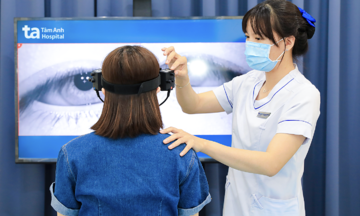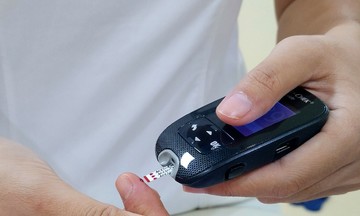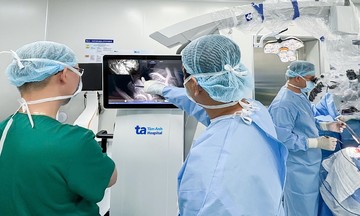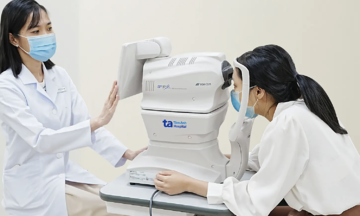Dr. Hoang Tien Trong Nghia, head of the Department of Neurology at the 175 Military Hospital, reported that the patient arrived experiencing dizziness and vertigo. Thanks to prompt treatment with thrombolytic medication, her symptoms quickly improved. However, initial diagnostic imaging revealed an anomaly, leading doctors to suspect an underlying cause for the stroke at such a young age.
Further investigation revealed a PFO, a birth defect where a small opening between the two atria of the heart fails to close after birth. This hole had allowed a blood clot to travel from the right side of the heart to the left, eventually reaching and blocking a brain artery, causing the stroke. Cardiovascular specialists successfully closed the PFO, eliminating the risk of recurrence. After two weeks of rehabilitation and supportive therapy, the patient made a full recovery and returned to work.
A PFO is necessary during fetal development for blood circulation and usually closes after birth. However, it persists in 25-30% of adults, most of whom remain asymptomatic. PFO is often discovered incidentally during an echocardiogram or when it causes complications like stroke.
"PFO is a common cause of stroke in young people but often overlooked," said Dr. Nghia. This is often because stroke symptoms in younger individuals can be subtle, leading to delayed diagnosis.
Dr. Nguyen Huy Thang, Vice President of the Vietnam Stroke Association and head of the Cerebrovascular Department at 115 People's Hospital, recalled a similar case from 17 years ago. A 38-year-old woman was admitted with complete paralysis on her left side just days before her wedding. She had no history of hypertension, diabetes, or heart disease.
Tests revealed a complete blockage of the middle cerebral artery. The medical team opted for a then-novel procedure, injecting thrombolytic medication directly into the clot. Within two hours, the clot dissolved, and by the following morning, the patient had almost fully recovered.
The challenge was to determine the cause of the stroke in a young, otherwise healthy individual. A transcranial Doppler ultrasound revealed a PFO, a defect that may account for up to 40% of "cryptogenic" strokes in people under 45. This diagnosis was confirmed with a transesophageal echocardiogram. The PFO was subsequently closed at 115 People's Hospital, preventing future strokes.
According to Dr. Thang, most PFO cases require no treatment. Intervention is only necessary if the PFO causes a stroke. Given the prevalence of PFO (about 25% of the population, or 25 million people in Vietnam), most individuals with this defect experience no complications. Over 95% of those with PFO do not experience complications and don't require intervention.
PFO is not a common cause of stroke in the general population, as most stroke patients (over 85%) are older. Therefore, in stroke patients over 50, PFO is rarely considered as a potential cause. Atrial fibrillation is a more likely culprit in this age group.
Consequently, there is no recommendation for routine PFO screening. Screening is advised only when specific criteria are met: the patient has experienced a stroke (not for those without a history of stroke), the patient is under 45, and no other clear cause for the stroke can be identified.
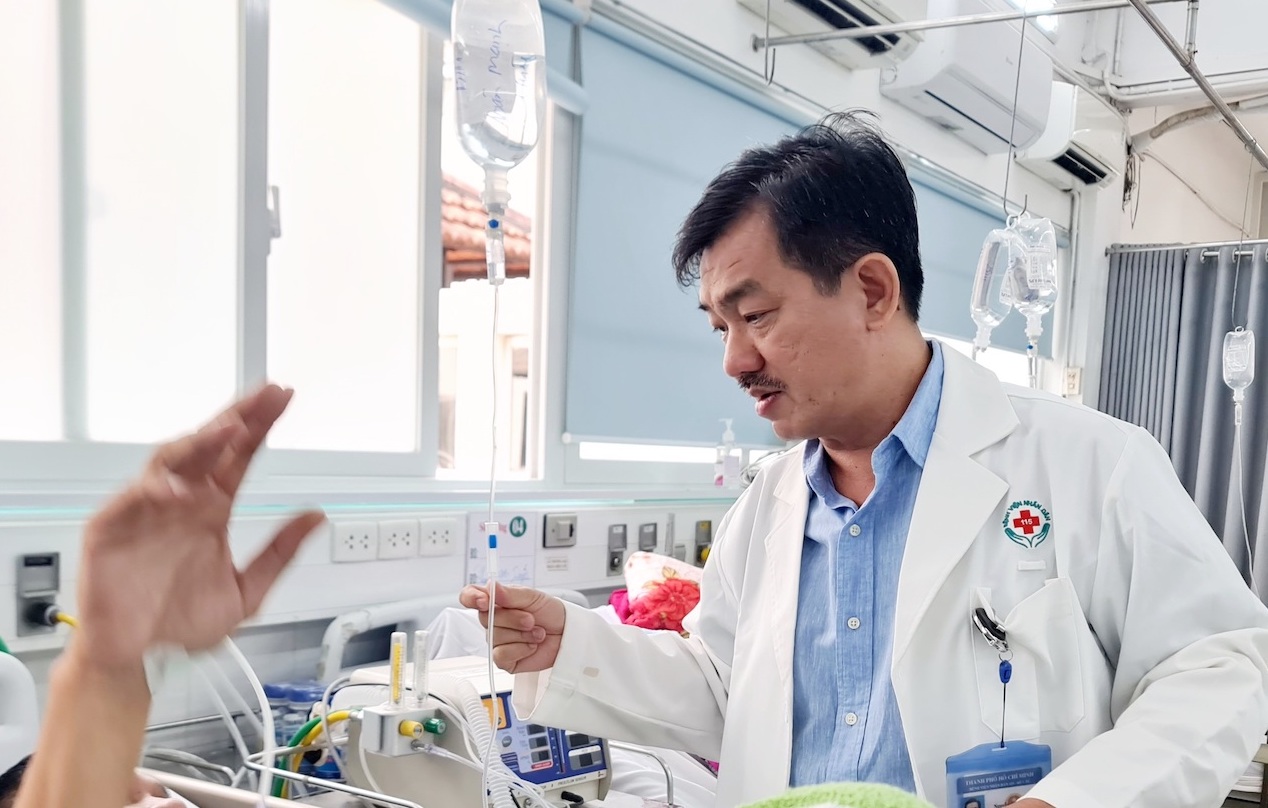 |
A doctor treating a stroke patient at 115 People's Hospital. Photo: Le Phuong |
A doctor treating a stroke patient at 115 People's Hospital. Photo: Le Phuong
Experts emphasize that identifying the cause of a stroke at specialized medical facilities is crucial for stroke management and prevention. Regular health checkups are essential. If common stroke risk factors such as hypertension, diabetes, or atrial fibrillation are detected, long-term medication is necessary. Patients should never discontinue medication without consulting a doctor or self-medicate based on previous prescriptions. Modifiable risk factors should be addressed by quitting smoking, limiting alcohol consumption, managing weight, maintaining a healthy diet, and engaging in regular physical activity.
Seek immediate medical attention if you experience any of the following symptoms: numbness or weakness in the face, arm, or leg (especially on one side of the body), facial drooping, sudden difficulty speaking, blurred vision, headache, dizziness, or loss of balance.
Le Phuong



